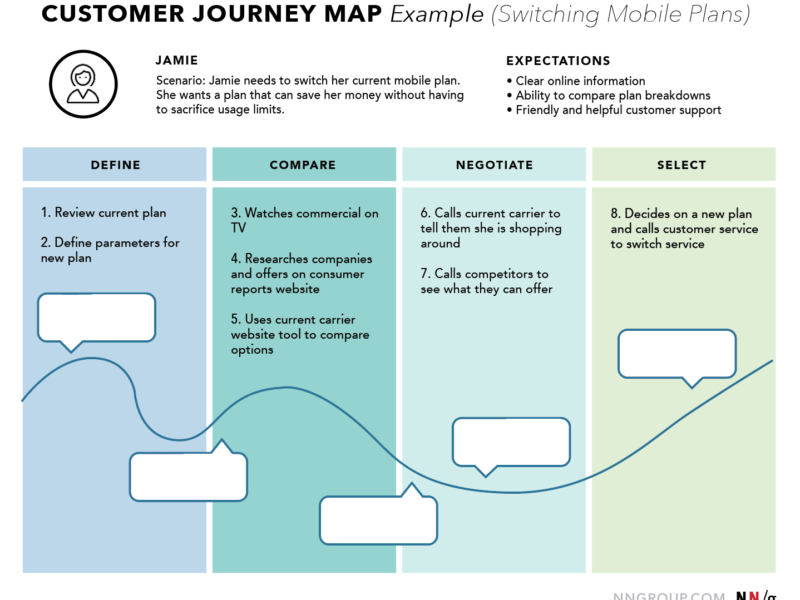From Theory to Action
Feedback is the oxygen of user experience design. Every click, swipe, or interaction creates a conversation between users and digital products. As a UX Designer with over two decades in the field, I’ve seen how strategically crafted feedback transforms frustrating experiences into delightful ones—and how poor feedback mechanisms sabotage even the most beautifully designed interfaces.
Why Feedback Matters: More Than Just Notifications
Feedback in UX is any sensory response confirming user actions and guiding next steps. It answers three fundamental questions:
Did the system register my action?
What is happening now?
What can I do next?
Without clear feedback, users feel abandoned in a digital void—unsure if their tap registered, their form submitted, or their payment processed. This uncertainty breeds anxiety and erodes trust.
Theoretical Foundations: The Psychology Behind Feedback
1. Jakob Nielsen’s Visibility Principle
Users should always see system status within 400ms of any action. Delays beyond 1 second disrupt cognitive flow.
2. The CLEAR Framework for Feedback Culture
Developed to combat “design scapegoating,” this method transforms criticism into collaboration:
Context: Anchor feedback to project goals
Listen: Decode vague statements (“This feels boring” → “What specific emotion are we missing?”)
Evidence: Demand data-driven justifications
Alternatives: Co-create solutions
Record: Document decisions to prevent revision loops
3. Feedback vs. Criticism
Table: Distinguishing Constructive Feedback from Destructive Criticism
| Constructive Feedback | Destructive Criticism | |
|---|---|---|
| “The form abandonment rate is 70% at step 3—how might we simplify?” | “This form design is terrible” | |
| Provides measurable data | Relies on subjective opinions | |
| Focuses on solving problems | Focuses on blaming individuals |
Best Practices for Giving/Receiving Design Feedback
Giving Feedback That Elevates Designs
Start with Trust: Establish mutual respect before critiques
Be Specific: Replace “Make it pop” with “The CTA contrast ratio of 3:1 fails WCAG standards”
Problem-First Approach: Instead of prescribing solutions (“Make the logo bigger”), frame usability issues (“New users can’t find our brand identity”)
The “Love Sandwich” Technique: Positive → Constructive → Positive (Use sparingly—overuse feels insincere)
Receiving Feedback Without Ego
Set Process Expectations: Specify what you need feedback on (e.g., “Focus on navigation flow, not colors”) and preferred tools (InVision, Figma comments)
Ask “Why?” Five Times: Uncover root causes behind surface-level suggestions
Document Everything: Maintain decision logs to prevent revision history rewrites
Feedback Frameworks for Modern Teams
1. The 5-Second Test
Show users interfaces for 5 seconds, then ask recall questions. Reveals immediate clarity issues.
2. HEART Framework (Google)
Measures:
Happiness
Engagement
Adoption
Retention
Task success
3. Continuous Feedback Integration
Table: Feedback Timing Matrix
| User Segment | Optimal Feedback Timing | Tools | |
|---|---|---|---|
| New Users | After onboarding milestones | Pendo, Appcues | |
| Active Users | Quarterly checkpoints | NPS surveys | |
| Churned Users | 24-48 hours post-exit | Churn surveys |
Essential Feedback Tools Stack (2025)
Research & Behavior Analysis
Hotjar: Heatmaps + session recordings to see user struggles ($0-$99/month)
UserTesting: Video-based feedback from real users performing tasks (Custom pricing)
Lookback.io: Live interview recording with timestamped notes ($99+/month)
Design Collaboration
Figma: Contextual commenting + component-specific feedback (Free-$75/editor)
Beep: Visual annotation directly on live websites ($113+/month)
Sketch: Mac-only high-fidelity prototyping with developer handoffs ($10/month)
AI-Powered Analysis
BuildBetter.ai: Automates feedback categorization and generates PRDs ($200+/month)
Zonka Feedback: Multilingual sentiment analysis with workflow triggers ($49+/month)
Sprig: AI-powered user interview analysis ($299+/month)
Implementing Feedback: A Step-by-Step Workflow
Collect: Gather input via surveys, session recordings, and support tickets
Categorize: Tag entries (e.g., “Usability,” “Performance,” “Content”) using AI tools like Qualaroo
Prioritize: Use the Effort/Impact Matrix to rank fixes
Prototype: Iterate solutions in Figma/Sketch
Validate: Test with Maze.co or UsabilityHub
Close the Loop: Notify users when their suggestions launch (“You spoke, we listened!”)
Overcoming Common Feedback Challenges
Vague Stakeholder Feedback: Respond to “This feels off” with: “Help me understand what you expected instead”
Conflicting Priorities: Use evidence from heatmaps or session replays to depersonalize debates
Feedback Overload: Set up automated tagging rules in Zonka Feedback or BuildBetter.ai
The Future: AI and Adaptive Feedback Systems
By 2026, predictive feedback systems will anticipate user confusion before it happens:
Real-time UX Adaptation: Interfaces that restructure based on hesitation patterns
Emotion-AI: Cameras detecting user frustration to trigger help prompts (Ethical concerns required!)
Automated A/B Testing: AI generating endless variants from single feedback inputs
Architect’s Insight: The most advanced feedback system is worthless without human interpretation. AI spots patterns, but designers must understand why those patterns exist. As NN/g warns: “Shallow UX will suffer—deep UX skills are non-negotiable”.
Conclusion: Feedback as a Design Philosophy
Exceptional feedback isn’t about pop-ups or surveys—it’s a continuous conversation built into your product’s DNA. Start small:
Audit one user journey for feedback gaps
Implement just-in-time microsurveys via Hotjar
Document insights in a shared repository (Notion/Airtable)
Measure redemption rates on suggested changes
Tools evolve, but the core remains: Respect users’ time, honor their input, and make their actions feel meaningful. When feedback flows seamlessly, interfaces cease being tools and become trusted partners.
Further Reading:


